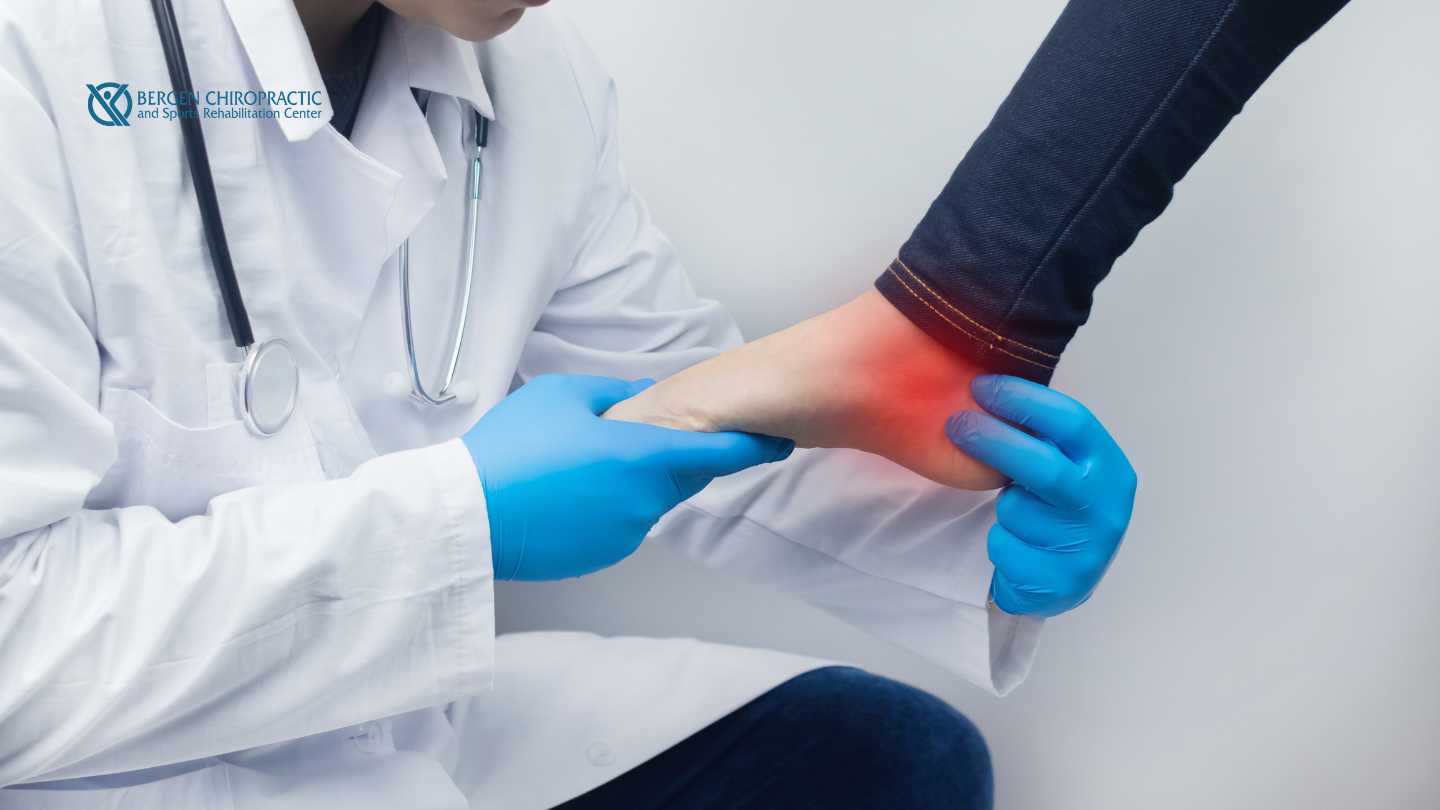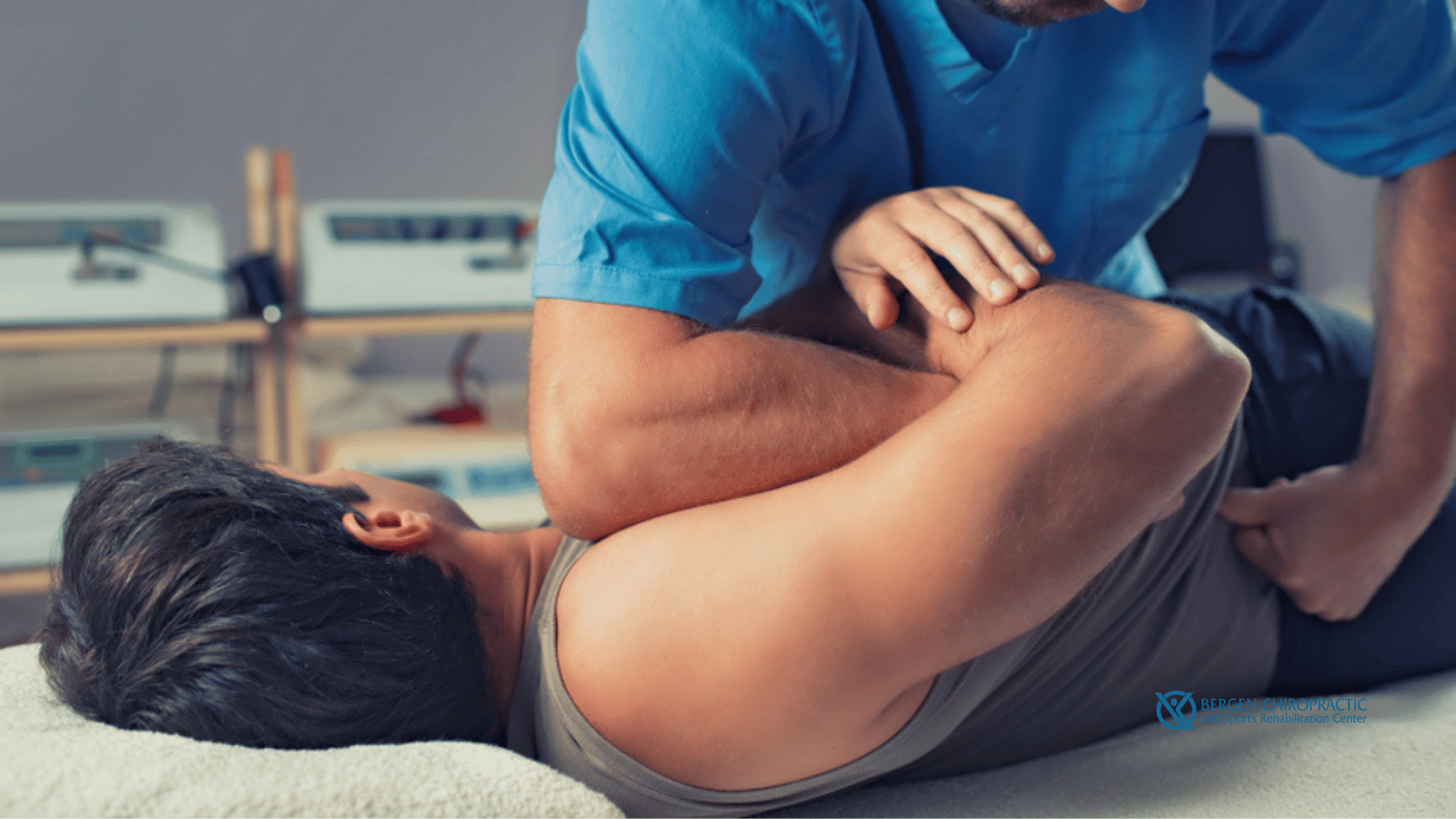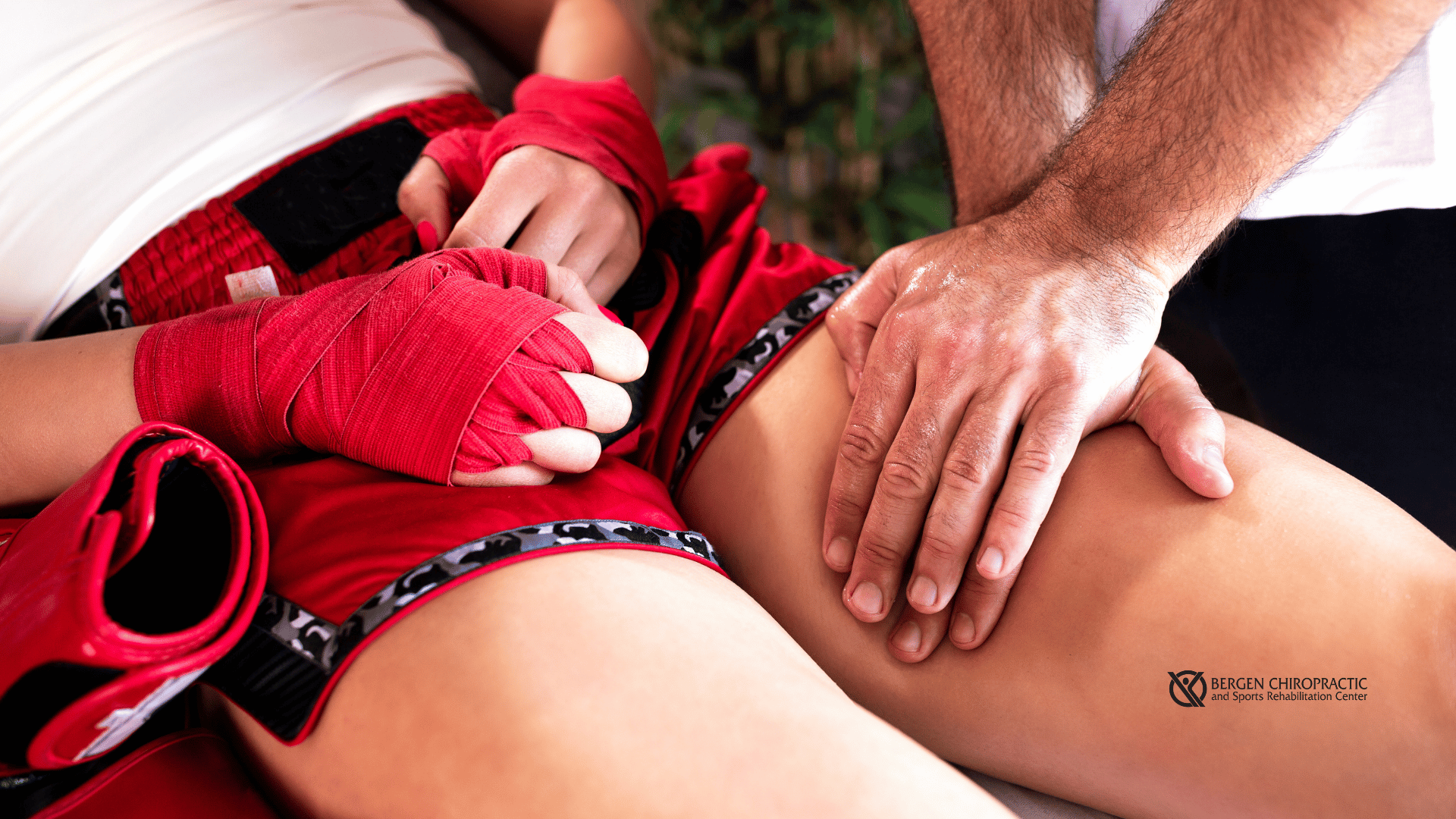Ready to enjoy the outdoors this spring? Chiropractic care for outdoor enthusiasts improves flexibility, prevents injuries, and supports better movement.
Beyond Ice Packs: How Chiropractic Care Addresses Knee Pain in Teens Holistically
Explore the benefits of chiropractic care for knee pain in teens, focusing on holistic methods for pain relief, mobility improvement, and overall wellness.
Court Advantage: Unlocking Peak Performance With Chiropractic Care for Basketball Players
Chiropractic care for basketball players offers injury prevention, improved mobility, and faster recovery to elevate your game.
5 Exercises Your Chiropractor May Recommend for Plantar Fasciitis
Explore five effective exercises your chiropractor may recommend to alleviate plantar fasciitis and improve foot health.
Chiropractic Care for Weightlifters: Enhancing Strength and Stability
Weightlifters know that maintaining peak performance is more than just hitting the gym hard—it's also about smart recovery and injury prevention. Chiropractic care plays a crucial role in enhancing strength and stability by addressing imbalances and ensuring proper...
Bergen Chiropractic’s Approach to Treating Groin Pull Injuries in New Jersey
Discover Bergen Chiropractic’s personalized approach to treating groin pull injuries in New Jersey. Learn about common causes, effective chiropractic treatments, and how chiropractic care can prevent future injuries, offering relief and long-term health benefits.
Enhancing Performance on the Field: 7 Benefits of Chiropractic Care for Soccer Players
Elevate your soccer game with chiropractic care to maintain peak performance on the field.
Chiropractic Insights into Managing Restless Leg Syndrome
Chiropractic care, centered on the health of the spinal cord and the nervous system, offers a unique perspective on treating RLS!
6 Benefits of Chiropractic Care for Runners
These chiropractic medicine experts are all about ensuring every part of you is running (pun intended) at its best. From head to toe, they’ve got the magic touch to keep you in tip-top shape. Let’s dive into how chiropractors do it and why every runner should consider paying them a visit!
Game Changers: Treating the 15 Most Common Sports Injuries
Stick around as we dive deeper into some of the most common sports injuries, their causes, symptoms, and most importantly, how sports chiropractors come to the rescue!










